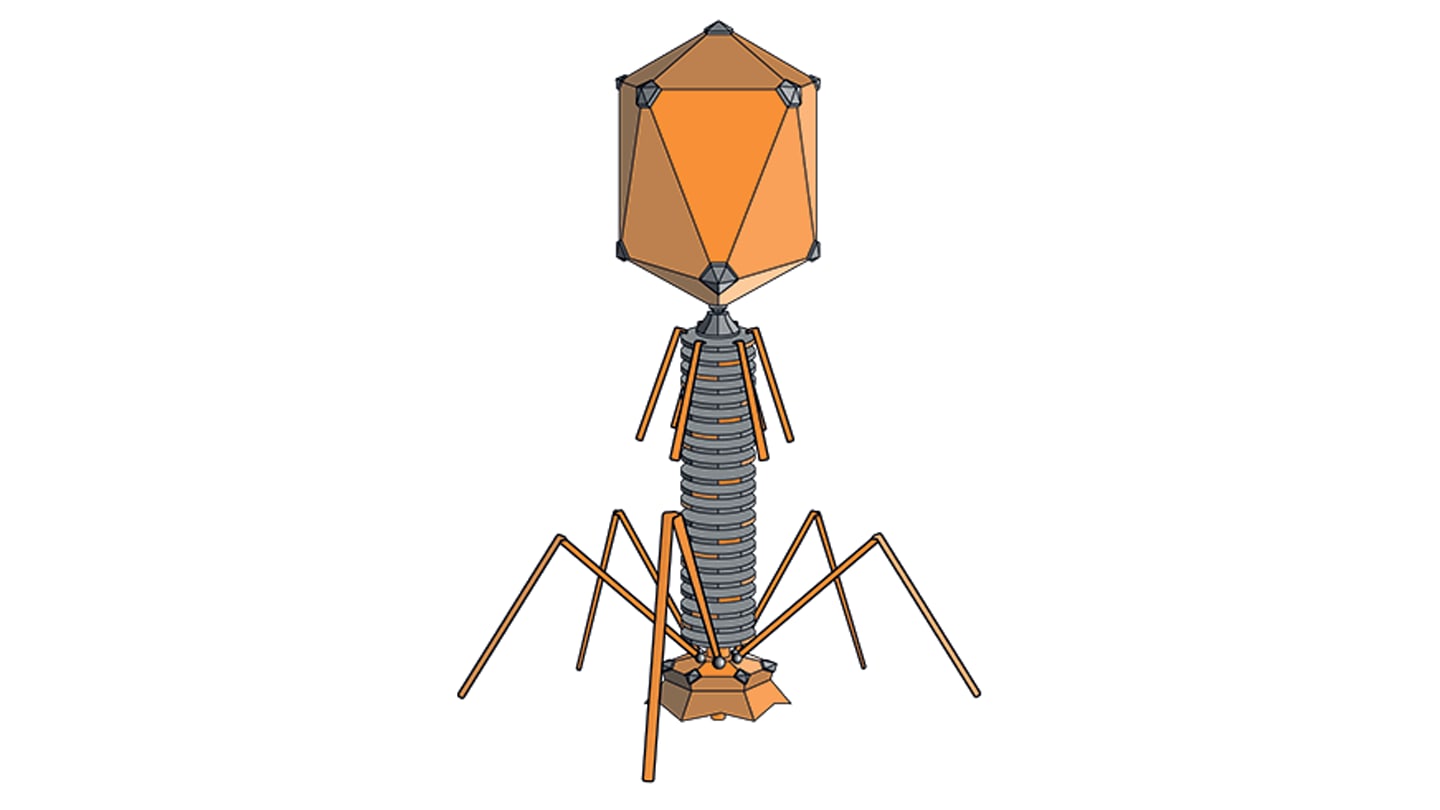In a study of over 1200 participants recently diagnosed with COVID-19, researchers found that Paxlovid – a new oral antiviral treatment from Pfizer – reduced the risk of hospitalization or death in high-risk adults by 89 percent. The FDA and independent monitors have since recommended Pfizer move to the next stage of regulatory application. However, the FDA is not the only branch of the US government the drug has come into contact with. Paxlovid was planned, designed, and created using the ultrabright X-rays of the Advanced Photon Source (APS), a US Department of Energy (DOE) facility at the DOE’s Argonne National Laboratory.
Should Paxlovid achieve authorization, it could be prescribed as an accessible, at-home treatment with the potential to combat multiple kinds of coronavirus. However, as wealthy countries begin placing large orders for the drug, some observers are concerned that the result will be reduced or nonexistent access to Paxlovid in the developing world.





